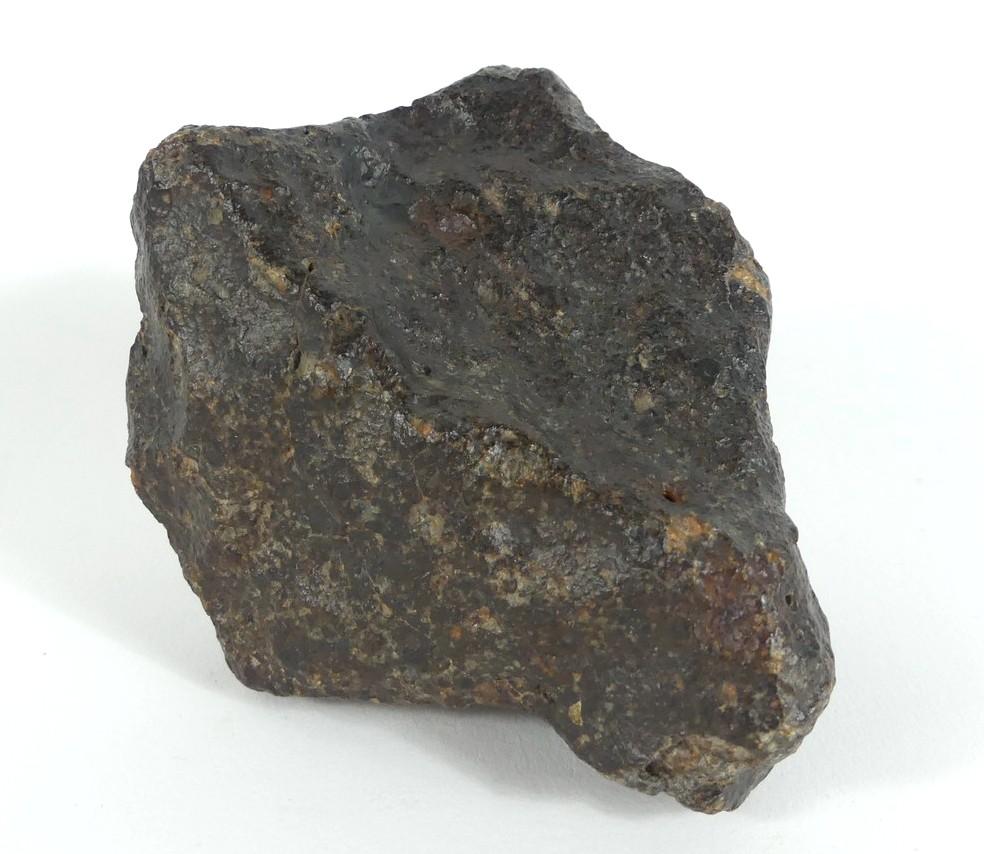1017
METEORITE
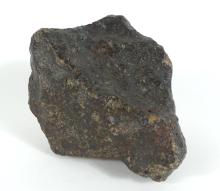
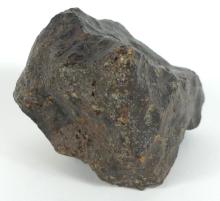
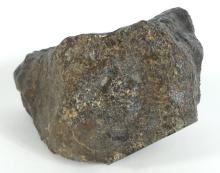
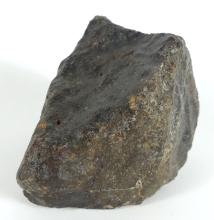
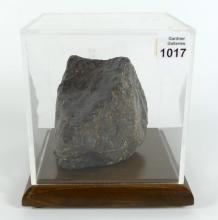
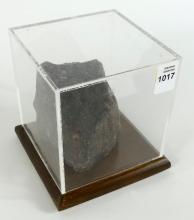
LOT DETAILS
Chondrite breccia meteorite identified as original to NWA 869, Northwest Africa, weight 717.9 grams; NWA 869 is a chondrite found in Northwest Africa made of breccia (composed of fragments of other rocks that have been compressed or cemented together); the mixture of space material likely formed through collisions between asteroids millions or billions of years ago, somewhere in the void between Mars and Jupiter; the total mass of NWA 869, including stones found around the impact site, is approximately 2 metric tons (2000 kg), making it one of the largest meteorites from Northwest Africa; meteorites were a passion of Dr. Gregory, and the Gregory family's meteorite collection can be viewed at the Royal Ontario Museum
